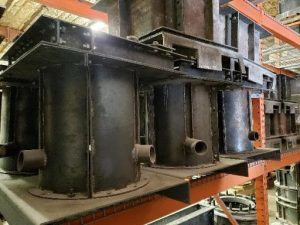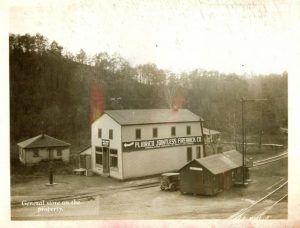Avoid These Common Refractory Installation Mistakes
Using the wrong refractory materials can lead to failure
When it comes to refractory installation, there are many things that can go wrong. Refractories are a crucial part of many industrial processes, and even small installation mistakes can lead to significant problems down the line. That’s why it’s essential to get it right the first time. Here is a look at some of the most common refractory installation mistakes and how to avoid them.
1. Failure to Properly Prepare the Surface Area
Before installing refractory materials, it's essential to ensure that the surface area is adequately prepared. Surface preparation is one of the most crucial aspects of proper refractory installation. Any dirt, oil, or other contaminants must be removed from the surface before installation. Otherwise, the contaminants can mix with the refractory and create weak spots that will eventually lead to failure.
2. Ignoring Recommended Curing Times
Curing is a vital aspect of refractory installation. It is the process of letting the refractory dry and harden after installation. Ignoring the recommended curing time can lead to early failure of the refractory. It's essential to adhere to the recommended curing time and temperature, as these factors can greatly affect the refractory performance.
3. Poor Mixing Techniques
Mixing refractory materials can be a bit tricky, but it’s an essential part of the installation process. Poor mixing techniques can create voids or air pockets in the refractory, which can weaken it and cause it to fail. Proper mixing ensures adequate bonding and maximum performance of the refractory.
4. Not Using Appropriate Refractory Materials
Using the wrong refractory materials can lead to failure and, in the worst cases, catastrophic accidents. Each refractory material has its own unique properties and intended use. Failing to use the appropriate refractory material can lead to early failure or create a safety hazard. It's essential to consult with a refractory expert or engineer to determine the best materials for the application.
5. Poor Application Techniques
The application of refractory materials requires precision and attention to detail. Poor application techniques, such as leaving voids, not tamping properly, or using too much or too little material, can lead to refractory failure. It's essential to follow proper application techniques to ensure a quality installation.
Proper refractory installation is essential for ensuring the safe and efficient operation of many industrial processes. By avoiding these common mistakes, you can improve the lifespan and performance of your refractory materials. Remember to properly prepare the surface area, adhere to recommended curing times, use proper mixing techniques and appropriate materials, and follow proper application techniques. Our team of experts at TFL can help you avoid these mistakes and ensure a successful installation.
Contact us today.




TFL Uses Custom Molding Techniques to Make Precast Refractory Shapes With Extremely Tight Tolerances


USEFUL LINKS
CONTACT US
All Rights Reserved | TFL Incorporated





